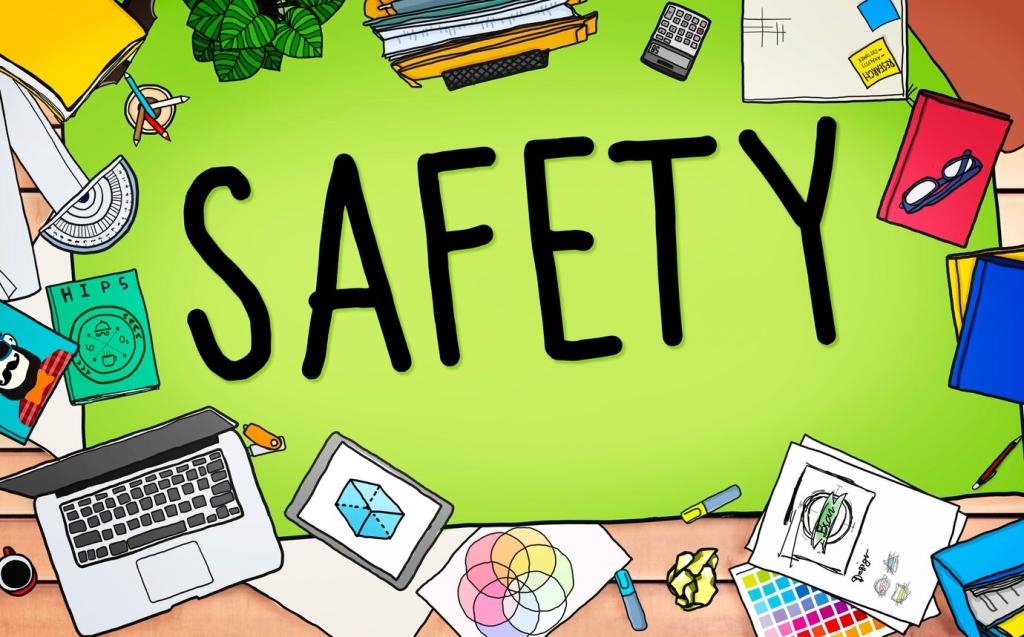
Staying in the Lane: The Science and Story of Lane Keeping Assist Mechanisms
Chosen theme: Lane Keeping Assist Mechanisms. Explore how modern cars read road lines, nudge the wheel, and partner with you to reduce drift, stress, and risk. Share your experiences and subscribe for deeper dives into real road intelligence.


What Lane Keeping Assist Mechanisms Do
Lane keeping assist mechanisms evolve lane departure warnings into supportive steering interventions. Instead of only beeping, they apply a measured torque that guides you back, prioritizing stability, comfort, and driver control rather than removing responsibility.
What Lane Keeping Assist Mechanisms Do
Most systems rely on forward cameras to detect lane markings, road edges, and curvature. They interpret dashed versus solid lines, infer center paths in faded paint, and adapt their authority based on clarity, speed, and driver input.
Camera Pipelines and Lane Models
The camera feeds a neural network that segments lane markings and road boundaries. Polynomial lane models predict curvature ahead, while temporal filtering stabilizes jitter, enabling consistent steering cues even when paint texture varies between asphalt patches.
Sensor Fusion When Lines Disappear
When snow or glare obscures paint, systems may fuse cues from road edges, preceding vehicle trajectories, and map hints. Fusion algorithms aim to maintain helpful centering while degrading gracefully, always preferring caution over false confidence during ambiguity.
Confidence Scores and Driver Handover Logic
Every frame generates a confidence score that informs steering authority and alerts. If confidence drops, the system reduces assistance, prompts the driver, and may disengage, ensuring humans remain clearly in charge during challenging visibility or unpredictable conditions.
Controllers compute lateral error and heading error, then command torque overlay through the electric power steering. Designers tune PID or model predictive control to balance responsiveness and comfort, avoiding oscillations while tracking curves with steady precision.
Control Algorithms and Actuation

Human Factors and Driver Experience
Names matter. Calling a feature assistance rather than autopilot sets expectations. Clear prompts about hands on wheel, eyes on road, and conditions required help drivers remain engaged, reducing misuse and supporting safer everyday habits behind the wheel.
Validation, Regulation, and Responsibility
Functional safety under ISO 26262 governs risk reduction in electronics, while UNECE R79 defines steering assistance constraints. Together, they enforce predictable behavior, clear driver primacy, and robust fault handling across diverse vehicles and road environments worldwide.

Calibration After a New Windshield or Bumper Repair
Camera and radar alignment can shift after glass or body work. Ask for proper static or dynamic calibration, verify with a short supervised drive, and consult the manual to ensure steering cues remain accurate and trustworthy at highway speeds.
Clean Sensors, Healthy Tires: Small Habits, Big Gains
Keep the windshield area around the camera clean, especially in winter slush. Maintain tire pressure and alignment so steering inputs track predictably. These small habits reduce drift, improve comfort, and keep assistance consistent during long commutes and road trips.
Know the Limits: Curves, Weather, and Road Types
Lane keeping assist mechanisms are not designed for every scenario. Tight switchbacks, heavy rain, or poorly marked rural roads may require manual steering. Share your toughest routes in the comments and subscribe for updates on evolving capabilities and techniques.
Future of Lane Keeping: Beyond Painted Lines
Next generation perception networks improve with diverse driving data, learning to infer drivable space when markings fade. With careful validation and transparent updates, assistance grows steadier over time without sacrificing caution, clarity, or the driver in command.


Future of Lane Keeping: Beyond Painted Lines
High definition maps can augment perception by offering lane geometry, merge zones, and speed advisories. Crowdsourced freshness helps during construction. Systems must still defer to real time vision, fusing information conservatively to avoid overconfidence or outdated guidance.
